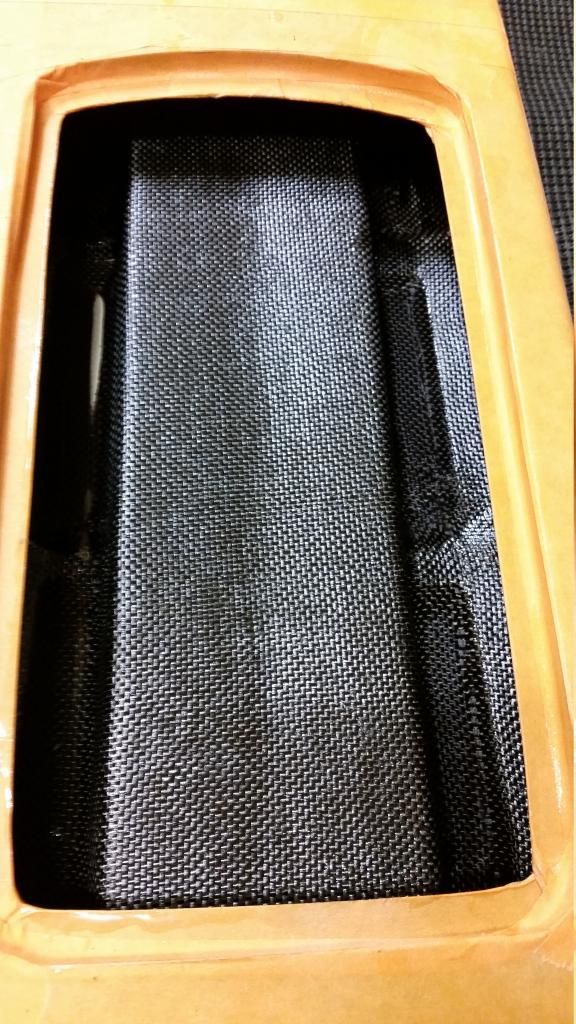After the first round of epoxy dries and your cloth is hardened, who follows up with a second coat to "fill the fibers?" If it matters, I'm using West System 105/207 on 3k 2x2 twill. I don't really see any spots in my layup that a second coating of epoxy would "fill."
20140813_202546.jpg20140813_202626.jpg20140813_202716.jpg20140813_202744.jpg
20140813_202546.jpg20140813_202626.jpg20140813_202716.jpg20140813_202744.jpg



Comment